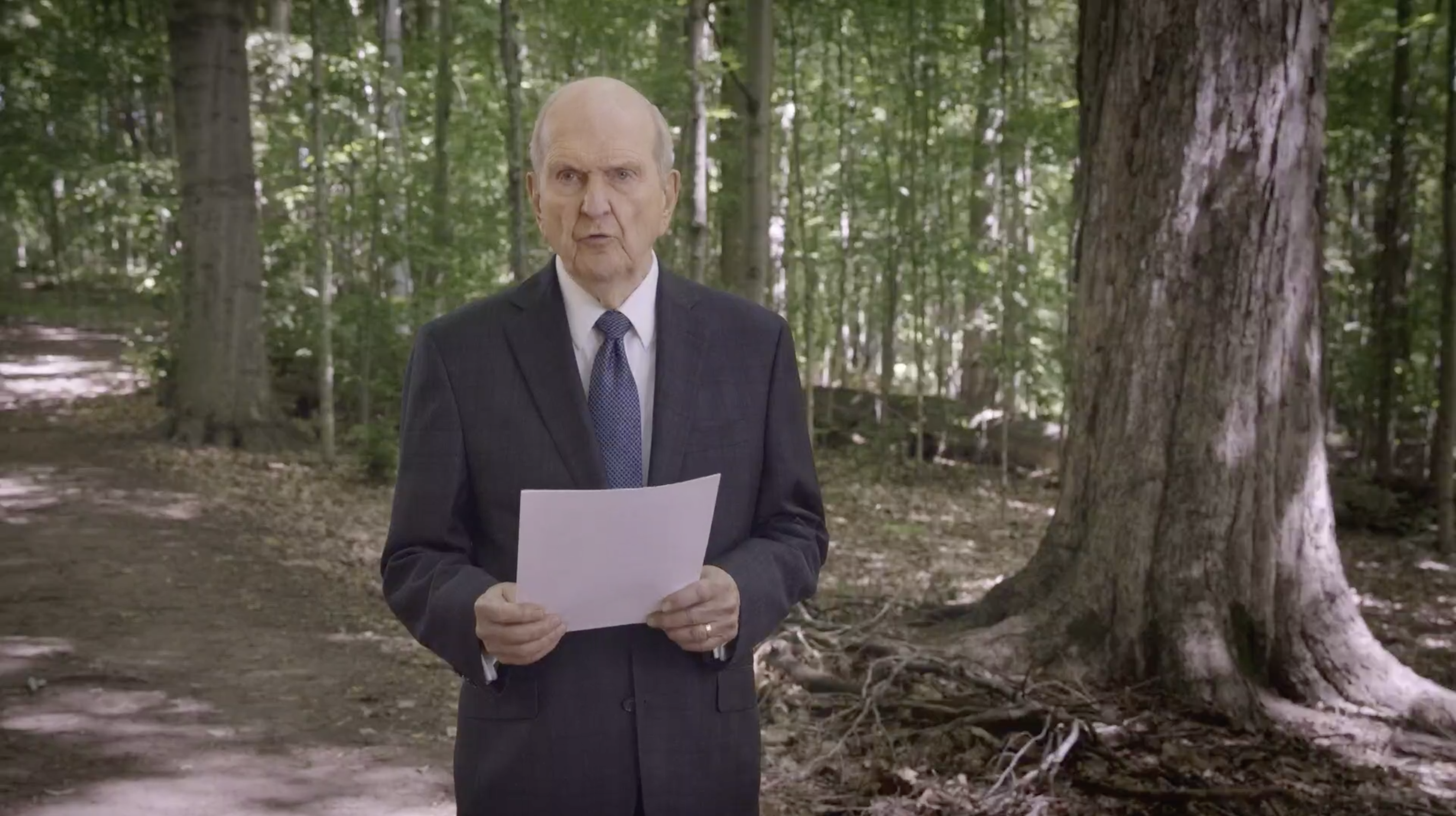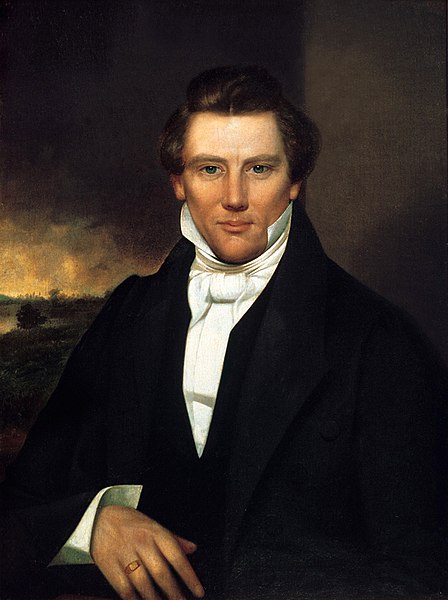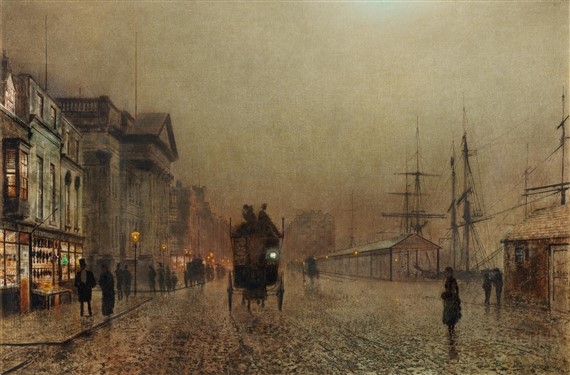During this most recent and historic General Conference, President Russell M. Nelson announced to the world the The Restoration of the Fulness of the Gospel of Jesus Christ: A Bicentennial Proclamation to the World at the the site of the Sacred Grove. This marked the 200th anniversary of the Prophet Joseph Smith receiving an answer to his humble prayer, and physically seeing our Father in Heaven and Savior Jesus Christ.

On LDS Bookstore, we have many framed proclamations, available in a variety of different styles. Click the link here to find one that will perfect for your home.
This historic proclamation was the 6th official proclamation from the Church, each one signifying a milestone in the history of the Church. The previous proclamations went as follows:
“Proclamation of the First Presidency to the Saints Scattered Abroad,” issued on January 15, 1841, in Nauvoo, Illinois—Signed by Joseph Smith, Sidney Rigdon and Hyrum Smith, the proclamation details the progress of the Church despite hardships and persecutions.

“Proclamation of the Twelve Apostles of The Church of Jesus Christ of Latter-day Saints,” issued on April 6, 1845, in New York City, New York, and on October 22, 1845, in Liverpool, England—Issued by the Twelve, since the martyrdom dissolved the First Presidency, the proclamation was printed and distributed on both sides of the Atlantic Ocean. It proclaimed that God had spoken from the heavens and restored the gospel of Jesus Christ to the earth and included a voice of warning as well as an invitation.

“Proclamation of the First Presidency and the Twelve Apostles,” issued on October 21, 1865, in Salt Lake City—This proclamation was sent to Church members to correct certain theories about the nature of God and established the order that new doctrine is to be announced only by the First Presidency.

“Proclamation from the First Presidency and the Quorum of the Twelve Apostles of The Church of Jesus Christ of Latter-day Saints,” issued on April 6, 1980, from Fayette, New York—President Spencer W. Kimball announced the proclamation during the Sunday morning session of the April 1980 general conference and the 150th anniversary of the organization of the Church. He and then-Elder Gordon B. Hinckley joined conference proceedings from the restored Peter Whitmer Sr. farmhouse, with Elder Hinckley reading the proclamation, which detailed the Church’s Restoration, progress, doctrine, mission, and message.
“The Family: A Proclamation to the World,” issued September 23, 1995, in Salt Lake City—The proclamation was read by President Gordon B. Hinckley at the general Relief Society meeting leading into October 1995 general conference, with the proclamation’s purpose to “warn and forewarn” the world and offering an official Church statement on family, marriage, gender roles, and human sexuality.

A proclamation is different from an official declaration, a doctrinal exposition, or statements on policies. Some of these come from only the First Presidency, some just from the Quorum of the Twelve, and some from both the presidency and the quorum.
Examples of declarations can be found in the Church’s Doctrine and Covenants. Official Declaration 1 is the 1890 Manifesto, stating officially the Church’s advice against any future plural marriages by the Latter-day Saints in response to increasing antipolygamy pressure from the United States government. And Official Declaration 2 is the 1978 revelation on priesthood announced by Church leaders in June 1978—which extended the priesthood and temple blessings to all worthy male members of the Church—and ratified in the October 1978 general conference.
Examples of other such communications include the 1847 general epistle from Brigham Young and the Council of the Twelve Apostles to the early Saints during the several years of the “apostolic era” following the martyrdom of Joseph and Hyrum Smith, the 1909 First Presidency statement on the origin of man, a doctrinal exposition on the Father and the Son issued in the August 1916 Improvement Era magazine, the 1938 First Presidency message on world peace issued a month after the onset of World War II, and the January 1, 2000, pronouncement of “The Living Christ: The Testimony of the Apostles” at the transition of the 20th and 21st centuries.